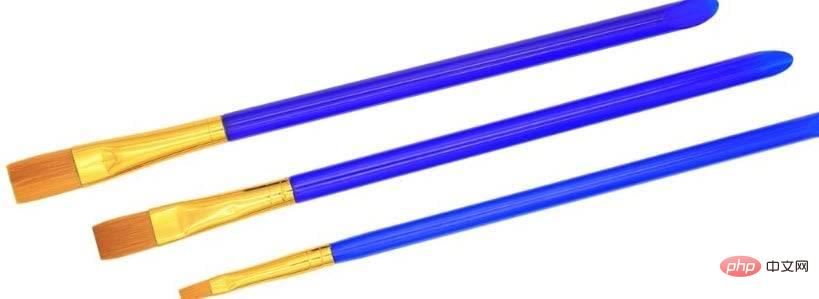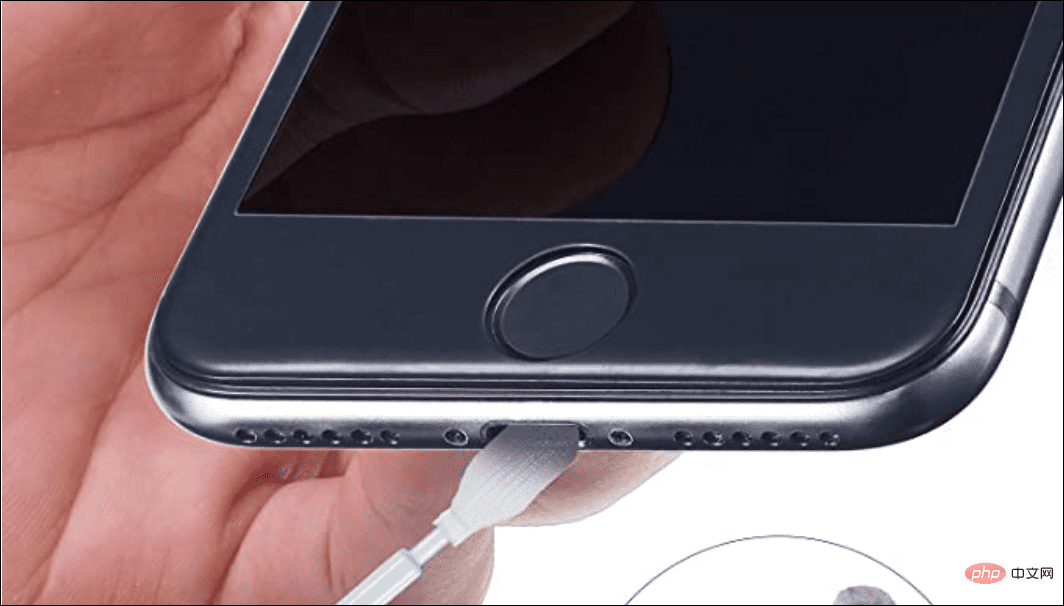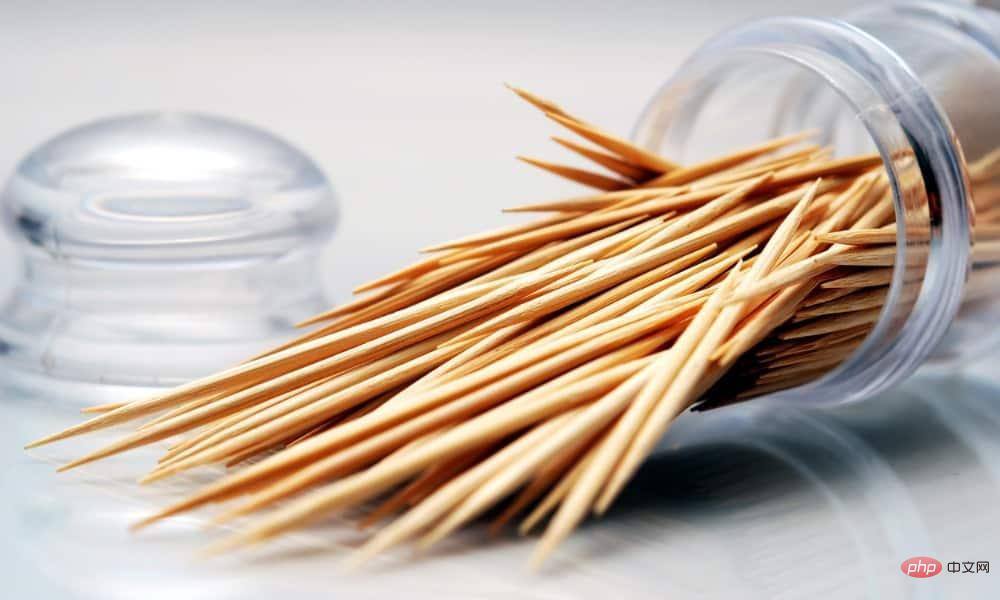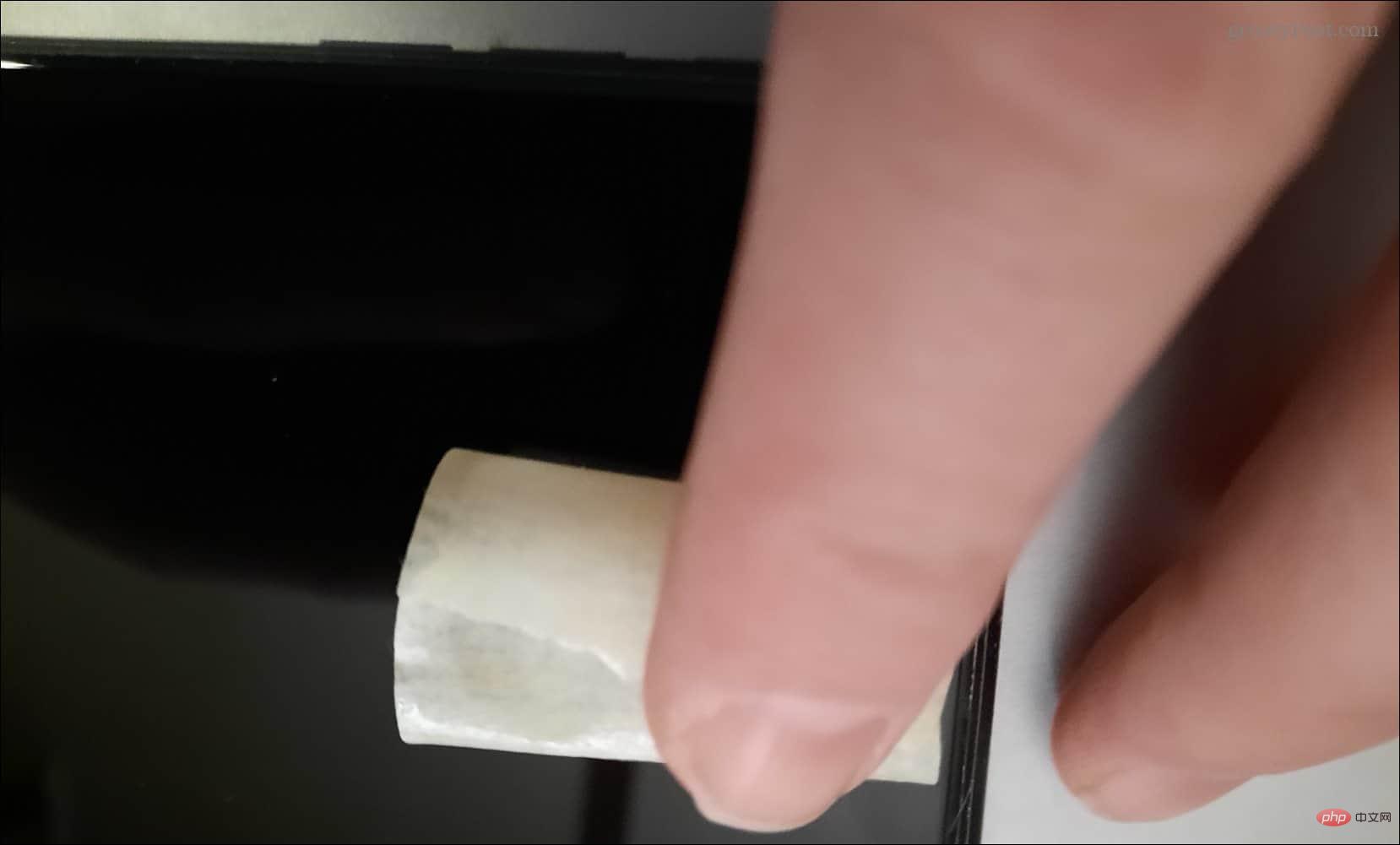
A straightforward way to clean your iPhone speakers is to use a new, soft-bristled paint brush to remove dust, dirt, and debris. These speaker cleaning options also work for your iPad.
Make sure your paintbrush is clean and dry to avoid damage - you can use a clean paintbrush or even a makeup brush if it's new.
If you have installed a protective case, please remove the protective case first. Next, slide back and forth on the speaker at the bottom of the phone. Angle the brush so it lifts away dust rather than pushing it further onto the speaker. Do not drag the brush along the axis of the speaker. Dab excess dust from the brush between swipes.

In addition to using a clean paintbrush, you can also purchase a set of phone cleaning brushes — $5.99 on Amazon. Such kits also include dust plugs, nylon brushes, and speaker cleaning brushes. The speaker cleaning brush is designed to fit into the speaker holes. You can also insert the dust plug into the power port while clearing debris from the speaker.

If your iPhone speaker gets dirty and has debris stuck on it and you don’t have a brush or cleaning kit, use a wooden Or plastic toothpicks. A toothpick is useful in a pinch, but only for cleaning the speaker port on the bottom of the phone.
NOTE: Make sure to be careful when using this option. If you try to insert a toothpick, you may damage the speaker, so be careful.
If the case is installed, remove it and hold a flashlight and shine it on the speaker to help you see.

Gently insert the tip of the toothpick into the speaker port. Make sure you don't use too much pressure. When you encounter resistance, stop and stop pushing.
Tilt the toothpick at different angles to remove any dust and debris from the speaker ports. All the force needs to be directed sideways and upward, not down toward the phone.
In addition to the bottom speakers, you will also need to remove dust, dirt, and other debris from the receiving speakers.
Masking tape is perfect because it doesn’t leave a sticky residue as easily as other tapes.

If you have a phone case installed, please remove it from your phone. Place your fingers on the tape and roll it side to side to collect dust and debris.
You can also wrap the tape around your finger and clean the smaller speaker hole on the bottom of the phone.
To remove dust from the speaker holes, you can use a hair dryer to remove dust from the speaker holes.
Do not use compressed canned air. Canned air contains chemicals that can blow out of the can and damage screens and other components. The blower will pump clean air into the speaker holes and clean them out.

Place a hair dryer in front of the speaker and use short pulses to blow away dust and debris. Check the speakers with a flashlight to make sure they are clean.
Repeat the process until the speakers are as clean as possible.
You can clean your iPhone speakers to help reduce muffled or degraded sound quality. While cleaning, shine a flashlight on the area of the phone you want to clean and make sure the speaker holes are free of dust and debris.
If your iPhone is still not loud enough or distorted, it may be a software issue. Restart your iPhone and see if that resolves the issue.
In addition to your iPhone speakers, you also need to make sure all your devices are clean. For example, if you have a pair, you'll want to know how to clean the AirPods and case. Or, for other Apple devices, learn how to clean your HomePod or HomePod Mini.
Cleaning your other technology equipment is crucial. For example, if you have an iPhone or Android device, check out how to properly clean your phone.
The above is the detailed content of How to clean iPhone speakers. For more information, please follow other related articles on the PHP Chinese website!




